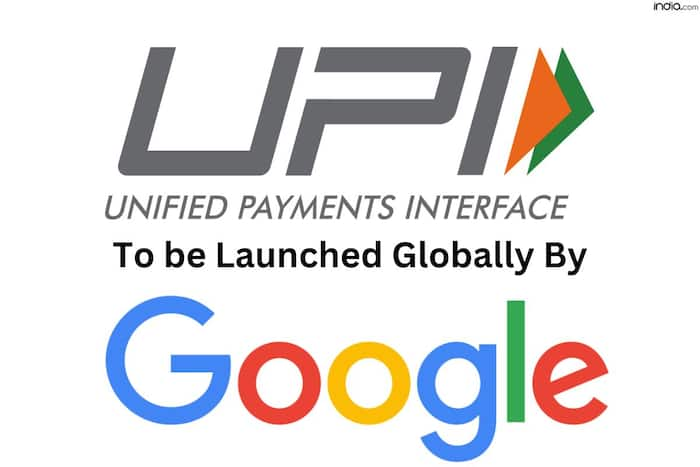India, home to over a billion people, is about to see a global expansion of the Unified Payment Interface (UPI), the country's most widely used payment system. Read more here.
New Delhi: With a population of over 1 billion, India's most widely used payment system, the Unified Payment Interface, commonly known as UPI, is now confirmed to expand globally. The National Payments Corporation of India has signed a memorandum of understanding with technology giant Google for global expansion of the UPI system. This allows users, both in India and other countries, to exchange currencies seamlessly through the payment interface.
The global launch of UPI
The Indian government developed the Unified Payment Interface (UPI) in April 2016 to enable its users to make peer-to-peer payments to and from multiple bank accounts using a single app. Since then, the technology has picked up to the point where even third parties can integrate UPI into their own payment systems or apps, making payments seamless between all parties.
UPI has registered more than 300 million active users and processes more than ten billion transactions every month. Its traffic volume is about half that of Visa and slightly less than that of Mastercard.
The payment system is now very common in India and has already been made available in other countries.
Google India memorandum with NPCI
On January 17, 2024, Google India Digital Services Limited and NPCI International Payments Ltd. (the international arm of the National Payments Corporation of India, which oversees UPI) issued a signed memorandum outlining three issues, including:
- expanding the acceptance of UPI payments for Indian nationals traveling abroad
- implementing digital payment networks similar to UPI in other countries
- Facilitating the payment process between countries by using the UPI infrastructure.
How do these three goals help?
The first will allow foreign merchants to accept UPI payments through Google Pay and other apps. This will most likely promote their willingness to pay using UPI, similar to how Alipay signage is considered. Although outbound Indian tourism is growing, it has yet to reach the scale required to make this goal a success.
The second point is very much in line with India's plan to involve more countries in its “Digital Public Infrastructure” – code-like UPI – which offers practical digital services that have been proven to run on an Indian scale and are therefore capable of meet the needs. from almost every country. India is using digital public infrastructure and offering help in putting it into practice to engage with governments around the world, a very different diplomatic ploy from that of the US and China. India has
An Indian official has unveiled a “plan” to develop a national mobile operating system. India is taking on the world's largest e-commerce companies with a plan for a national platform. Scammers are using India's real-time payment system to siphon money and move it to China. Would you like some music with that? A POS terminal made in India has a speaker.
Google and the National Payments Corporation have set themselves the goal of “reducing reliance on conventional money transfer channels.” The latter goal is particularly intriguing, as cross-border payments are a market thought to be ripe for improvement, with numerous blockchain-based efforts offering themselves as an alternative to existing money-moving services such as the Society for Worldwide Interbank Financial Telecommunication (SWIFT). ) or something like Western Union.
Although Memoranda of Understanding have been signed, no timeline has yet been confirmed for achieving all three goals.


